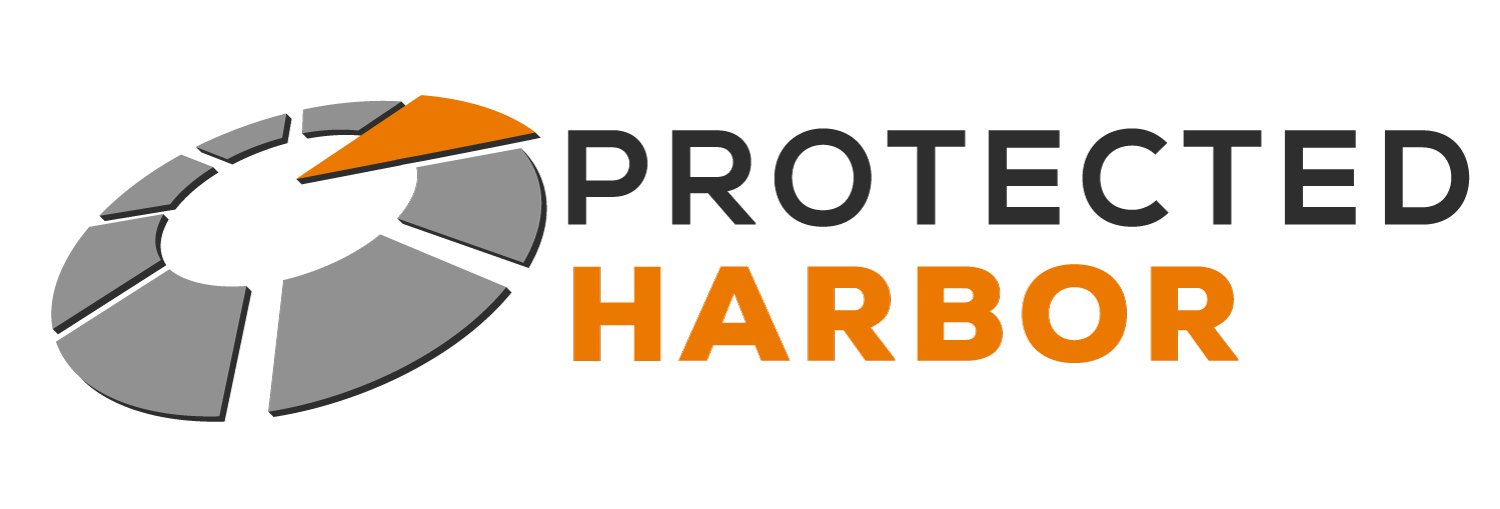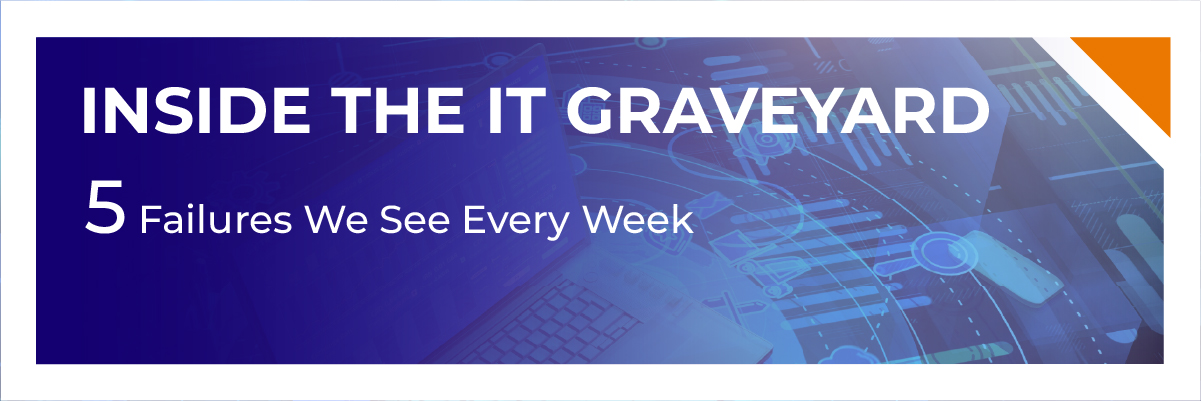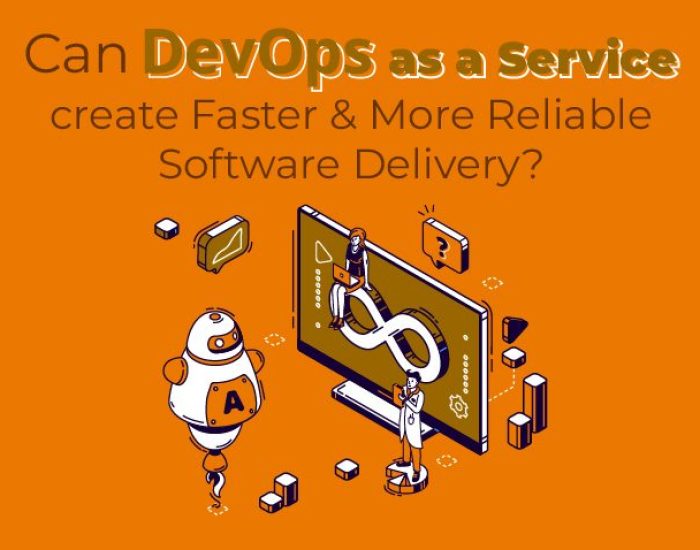Inside the IT Graveyard: 5 IT Failures We See Every Week (And How to Escape Them)
Every week, we walk into organizations where the same five failures quietly undermine performance. These failures aren’t rare accidents – they’re predictable, preventable, and costly. Gartner estimates the average cost of IT downtime at $5,600 per minute, and the average cost of a serious compliance failure is now in the tens of millions per incident (IBM/Ponemon). For executives, that translates to valuation hits, compliance scrutiny, stalled initiatives, and frustrated customers.
The good news? These failures can be eliminated. Let’s step inside the IT graveyard and look at the five most common issues we uncover- and, more importantly, how to escape them.
Failure #1: Set-and-Forget Infrastructure
The Problem: Too many organizations treat their core network and server infrastructure like appliances – install them and forget about them. This neglect creates a prime target for cyberattacks like ransomware and data breaches, on top of being a leading cause of unplanned downtime. We see servers running on outdated software, firewalls with obsolete rules, and switches on the verge of failure.
Business Impact: For executives, this isn’t a technical hiccup – it’s a direct hit to the bottom line. Unplanned downtime halts revenue and productivity, while a security incident from an unpatched system leads to millions in recovery costs, regulatory fines, and irreparable brand damage.
The Protected Harbor Difference: We don’t just monitor your systems; we own the stack. Our engineers proactively manage and maintain the infrastructure, applying patches, predicting failures before they happen, and providing free upgrades to keep your technology current. We treat your infrastructure with the same obsessive care we give our own.



 Failure #4: Frankenstein Network
Failure #4: Frankenstein Network


